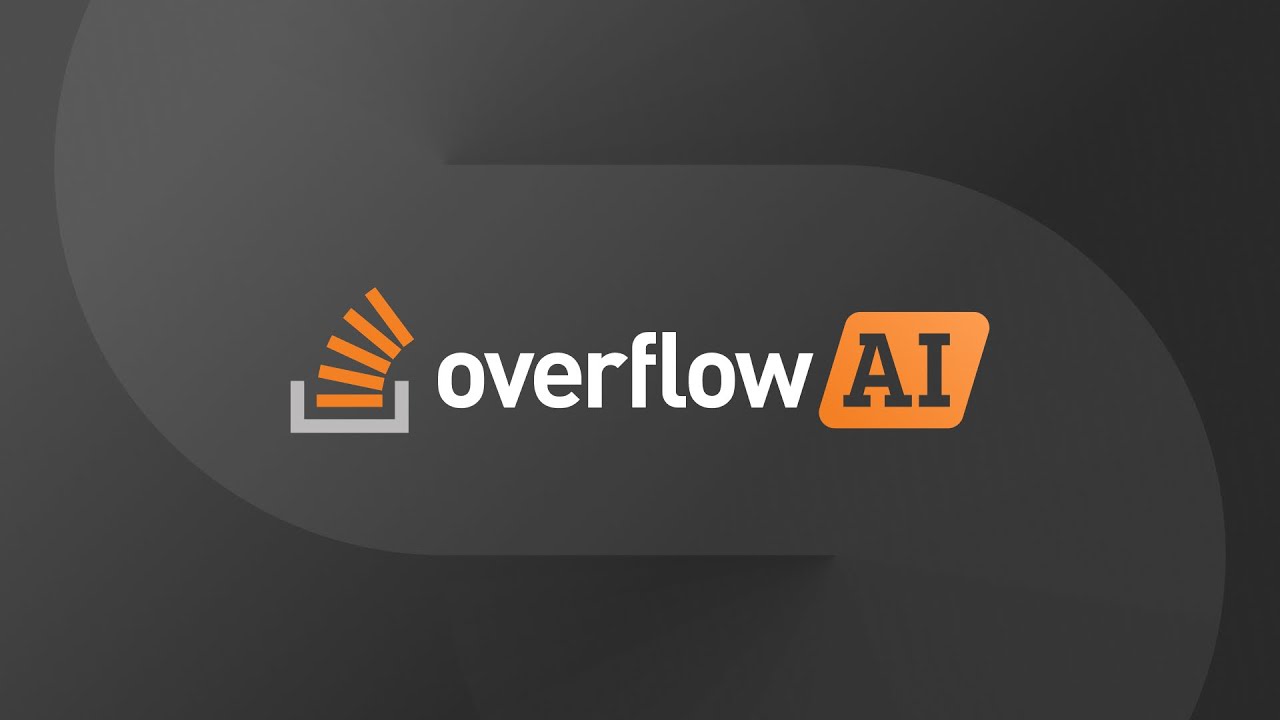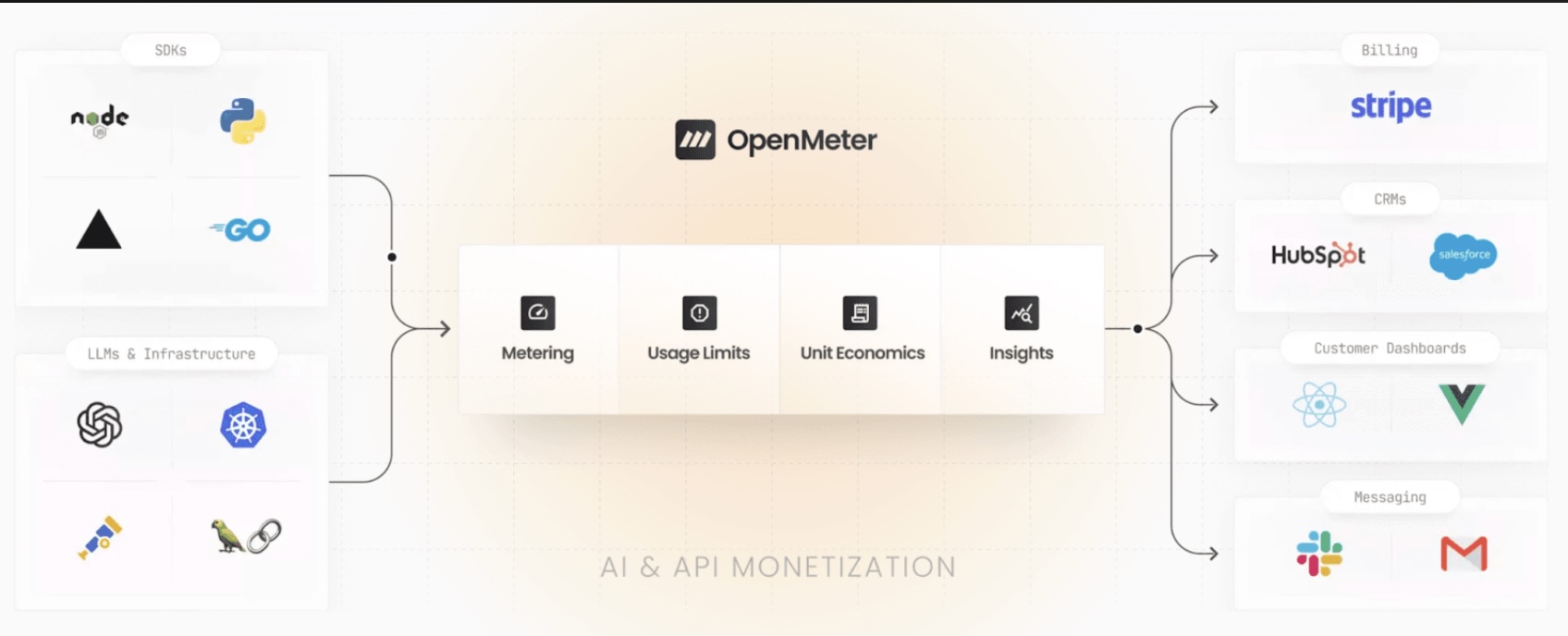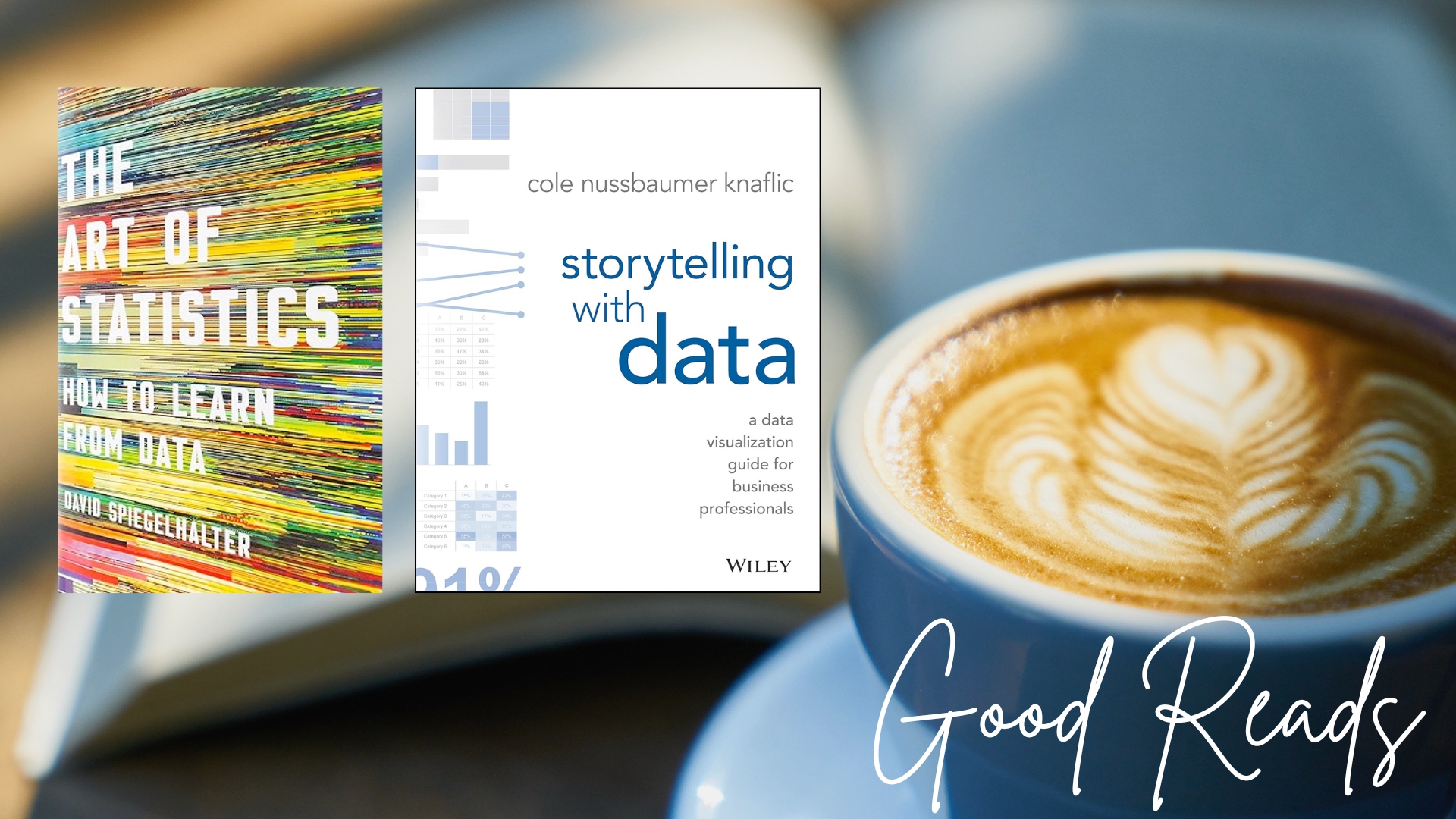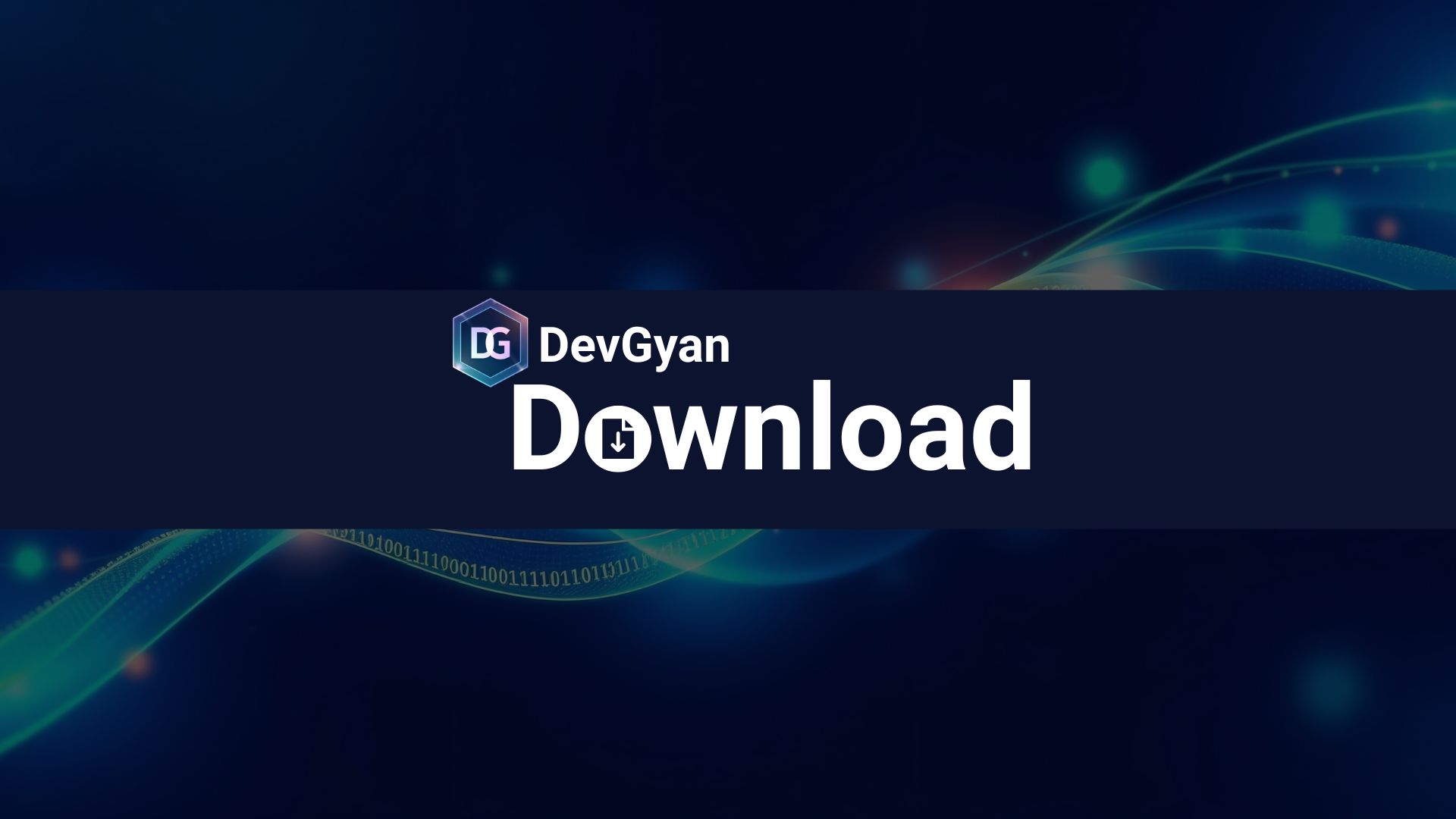🎧 Listen to the Download
This is an AI generated audio.
Welcome to DevGyan Download ! This edition highlights we unpack how the AI boom is reshaping business models—from how companies bill for API usage, to how social platforms keep users engaged, and finally to a breakthrough in image generation that could democratize creative work. Expect clear take‑aways on strategy, cost control, and competitive advantage. Meanwhile, new generative models promise to lower the entry barrier for high‑quality visual content, sparking fresh market opportunities across media, advertising, and design.
Synoposis is my LinkedIn newsletter where I write about the latest trends and happenings in the data world. Download is a blog series where I deep dive further about content covered in synopsis.
Buzzing with Variety: A Fresh Take on Instagram’s Notification Engine
Instagram’s notification system, powered by machine‑learning models, decides who sees a notification, when, and what it contains. These models prioritize engagement metrics such as click‑through‑rate (CTR) and time spent. However, they risk overexposure—showing users too many alerts from the same authors or product surfaces, which can feel spammy and drive users to disable notifications.
To combat this, the team introduced a diversity‑aware ranking framework. It adds a “diversity layer” atop existing engagement models, applying multiplicative penalties to candidates that are too similar to recent notifications across dimensions like author, product type, and content. The adjusted score is calculated as:
FinalScore(c) = BaseScore(c) × DemotionMultiplier(c)
Where the multiplier down‑weights similar notifications, encouraging a broader mix of alerts while preserving high relevance. The framework has cut daily notification volume and boosted CTR.

Next Steps
- Adaptive penalties: Future iterations will make demotion strength responsive to notification volume and delivery timing.
- LLM‑powered diversity: Large language models could assess semantic similarity and rephrase messages, adding linguistic variety without sacrificing relevance.
My Take
This approach strikes a smart balance between personalization and freshness. By quantifying similarity and applying calibrated demotions, Instagram can deliver engaging, non‑redundant alerts—keeping users hooked without feeling overwhelmed. The roadmap toward adaptive dynamics and LLM integration signals a commitment to continuous improvement and user‑centric design.
Meet Your AI Study Buddy: Stack Overflow AI Powers Learning
Stack Overflow launches stackoverflow.ai, a new AI‑powered assistant that turns instant answers into learning opportunities. Designed for students and seasoned developers alike, the tool reduces the friction of hunting for solutions by letting users type a question into a prompt box and receive a concise reply with clear, community‑verified sources—no waiting for a community member to respond.
The initiative taps into the growing trend where 69 % of developers have spent the last year learning new techniques or languages, and 44 % now rely on AI‑enabled tools for that learning. By emulating a “smart class partner,” stackoverflow.ai not only delivers an LLM response but also explains reasoning, guides, and teaches—mirroring the mindset of a Principal Software Engineer.
The platform encourages feedback, inviting users to thumb‑up or thumb‑down each answer, ensuring continuous improvement. It’s a fresh, frictionless way to dive into the Stack Overflow community while accelerating your coding journey.

My Take
I’m thrilled to see Stack Overflow harnessing LLMs to educate rather than merely provide answers. Prioritizing community‑verified knowledge boosts confidence, and the feedback loop promises iterative refinement. For developers craving rapid, trustworthy guidance, stackoverflow.ai feels like a reliable study partner that scales with your skill level. This tool could become indispensable for both learners and pros seeking efficient, pedagogical support.
Unleashing Nano‑Banana: The Future of Image Generation
Google’s Gemini 2.5 Flash Image—affectionately dubbed nano‑banana—redefines image generation by offering unprecedented control over realism, character consistency, and style. Accessible via Google AI Studio or the paid Gemini API, the model turns narrative prompts into photorealistic scenes, such as an Indonesian batik artisan with precise lighting and texture. Nano‑banana shines at prompt‑based editing: adding glasses, adjusting expressions, or transforming the scene while keeping the same identity. It also supports style transfer (e.g., watercolor) and image fusion, merging objects from separate images with minimal distortion. The model is ideal for professionals who need accurate edits or consistent character portrayal across multiple images.

My Take
Nano‑banana’s high‑fidelity, prompt‑driven workflow is a game changer for visual content creators. It slashes the need for traditional design tools while ensuring brand‑consistent imagery. The ability to blend styles and merge objects on demand unlocks fresh possibilities in marketing, education, and media production. The paid‑tier barrier may limit hobbyist adoption, yet overall the model elevates the competitive landscape alongside Stable Diffusion and DALL‑E, setting a new benchmark for controllable generative AI.
Kong & OpenMeter: Powering the Future of AI‑Driven APIs
Kong Inc. has announced its acquisition of OpenMeter, an open‑source metering and billing platform. The integration will allow Kong Konnect to embed usage‑based metering into its API management suite by early next year, while OpenMeter will remain available as both OSS and a SaaS offering.

Key points:
- Monetizing APIs is crucial for apps that consume large‑language‑model (LLM) services via cloud APIs, where usage is billed per token.
- Kong Konnect will generate richer metadata, simplifying cost tracking as organizations deploy more AI agents.
- OpenMeter CEO Peter Marton stresses that without usage‑based pricing, AI integration costs become chaotic.
- AI agents can trigger thousands of API calls per second, amplifying scale, variability, and latency challenges.
- Cybersecurity teams often underestimate API risk; misconfigurations can expose LLMs to attack vectors.
- A shift toward proactive API security will likely precede a few major incidents, necessitating a new approach to API management.
My Take
From a technology and engineering standpoint, Kong’s move is a strategic alignment with the growing need for fine‑grained API billing, especially as AI workloads scale. OpenMeter’s open‑source roots ensure flexibility, while the SaaS layer adds enterprise‑grade reliability. The dual focus on monetization and security addresses the most pressing pain points for organizations deploying AI at scale. This acquisition positions Kong as a pivotal player in the next wave of AI‑driven API ecosystems.
Learning Loop

Storytelling With Data: A Data Visualization Guide for Business Professionals teaches readers how to effectively communicate with data. The book focuses on the human side of data, showing how to present insights clearly and compellingly. Knaflic uses real-world examples to illustrate a simple six-step process:
- Understand the context: Know your audience and message.
- Choose an appropriate visual: Select the right chart type for your data and message.
- Eliminate clutter: Remove unnecessary elements that distract your audience.
- Focus attention: Use visual cues like color and size to draw the audience’s eye to the most important parts of the graph.
- Tell a story: Use a narrative structure to guide your audience through the data.
- Iterate and refine: Ensure your presentation is polished and effective.
The book emphasizes that a well-designed graph is a tool, not the story itself.
David Spiegelhalter’s “The Art of Statistics” aims to make statistics accessible to a general audience without complex formulas. The book emphasizes that numbers alone don’t convey meaning; human judgment and interpretation are crucial. In the age of “big data,” statistical literacy is vital to avoid being misled by flawed data or sensationalized headlines.
Spiegelhalter uses real-world examples to illustrate key concepts and potential pitfalls. The book follows a problem-solving framework called the PPDAC cycle (Problem, Plan, Data, Analysis, Conclusion) to approach statistical inquiries systematically.
Key topics include:
- Bias: Data is rarely objective, and human judgment can introduce systematic bias.
- Correlation vs. Causation: The difference between two things being related (correlation) and one causing the other (causation).
- Media Misinterpretation: The media often distorts or sensationalizes statistical findings.
- Misleading Averages: Simple averages can be misleading depending on the type (mean, median, or mode).
- Probability: The language of uncertainty, used for informed predictions and risk assessment.
Final Thoughts
This edition of DevGyan Download highlights the dynamic interplay between cutting-edge AI technologies and foundational infrastructure. Instagram’s diversity‑aware notification ranking exemplifies how machine learning can enhance user experience by balancing personalization with variety. Stack Overflow’s AI study buddy leverages LLMs to transform instant answers into educational opportunities, fostering continuous learning in the developer community. Google’s nano‑banana model pushes the boundaries of image generation, offering unprecedented control and realism for visual content creators. Finally, Kong’s acquisition of OpenMeter underscores the growing importance of usage‑based API metering and security in an AI‑driven world.
